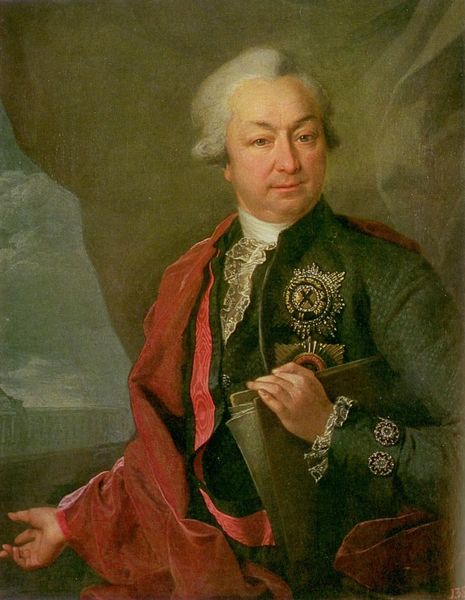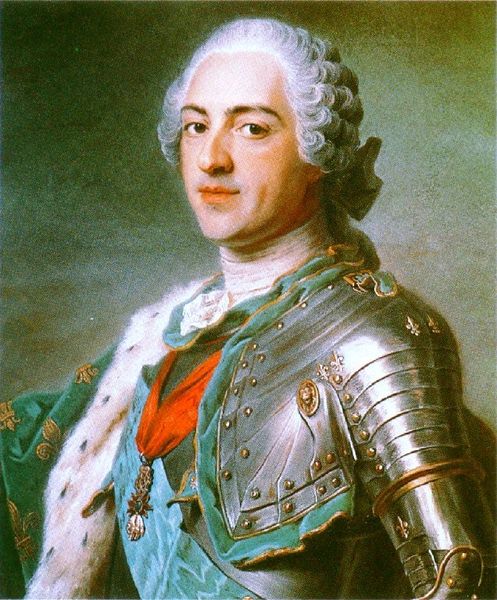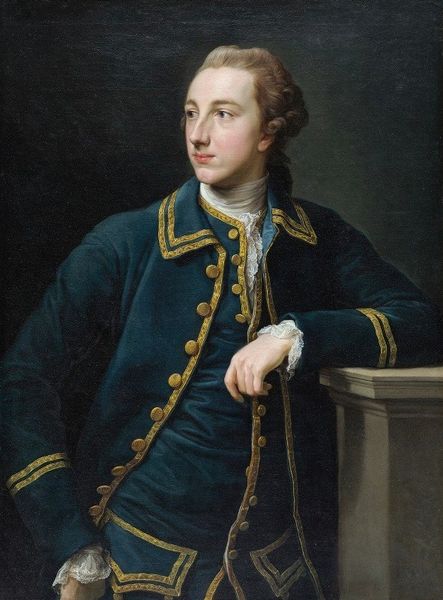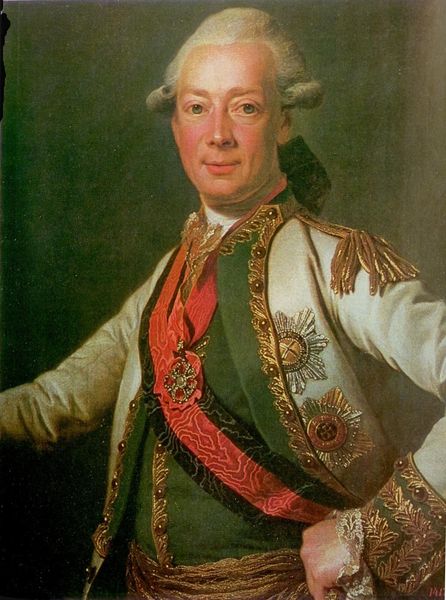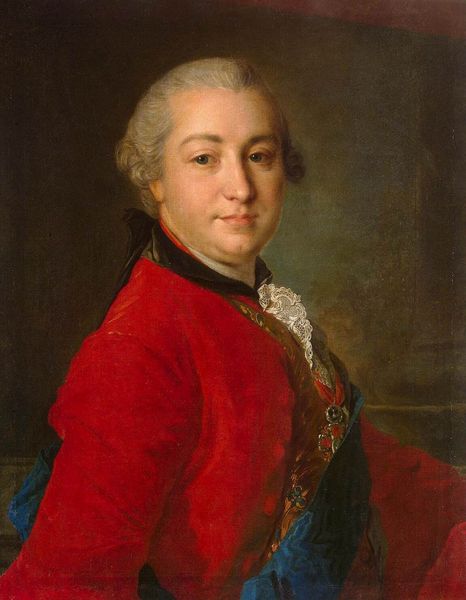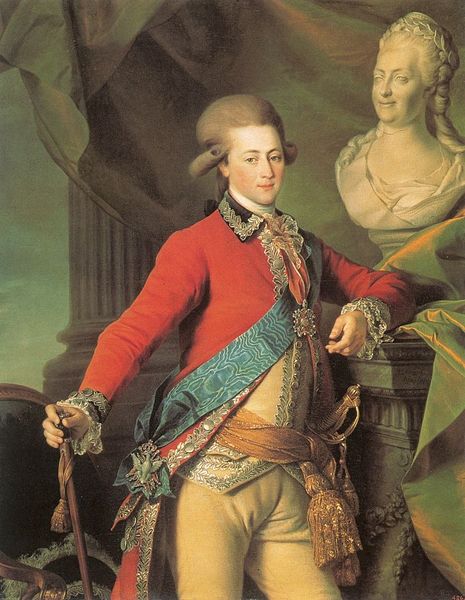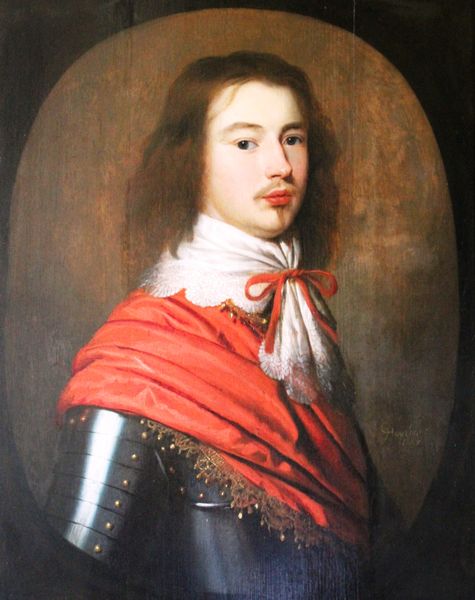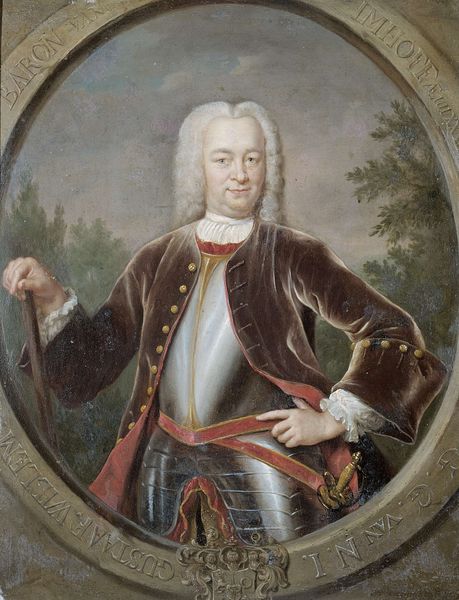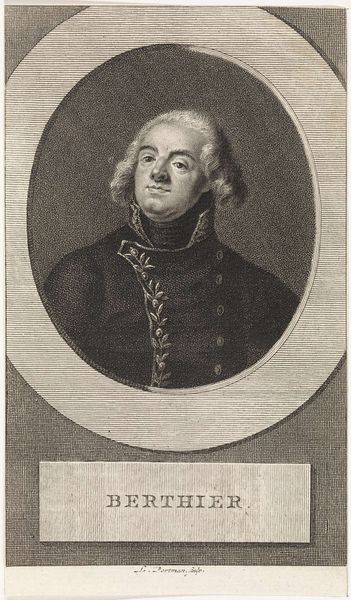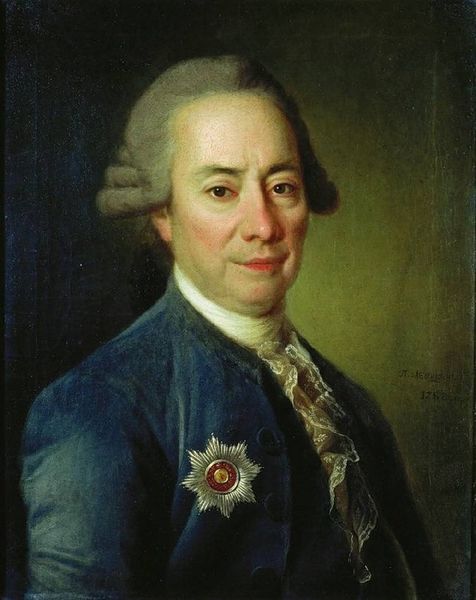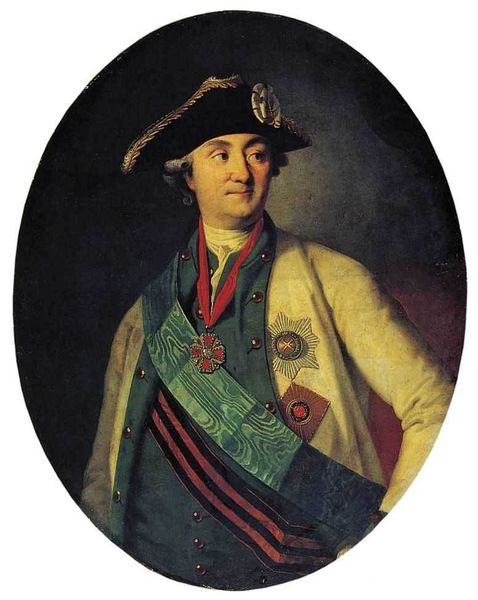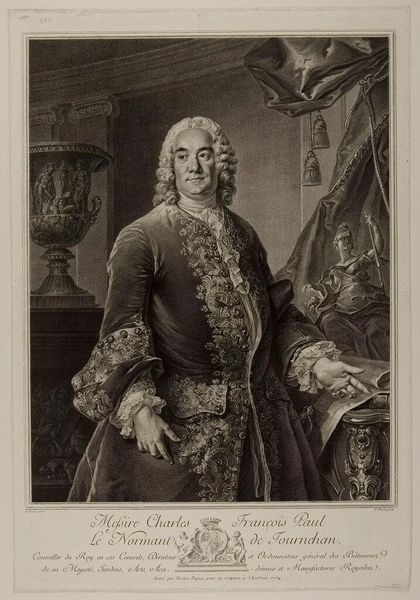
painting, oil-paint
#
portrait
#
neoclacissism
#
character portrait
#
painting
#
oil-paint
#
history-painting
#
academic-art
Copyright: Public domain
Curator: Looking at this portrait, my first thought is that it is certainly… formal. Almost to the point of being stuffy, isn’t it? The gentleman looks as though he is actively attempting to suppress any emotion. Editor: Yes, and in many ways, that controlled image is entirely the point. This is a painting titled “Portrait of Manuel Godoy”, completed circa 1790 by Francisco Bayeu y Subias. Bayeu was a prominent painter within the Spanish court, and Godoy himself was a controversial and powerful figure during that period. This work embodies a particular way the powerful seek to craft and perpetuate images of themselves. Curator: It's all in the trappings, isn't it? The ornate detailing on his jacket, the ruffled collar, that dismissive grip on what I assume is a sword. It speaks of wealth and authority, even if his somewhat weak jawline undermines it slightly. There is such tension between the overt display of privilege and what feels like underlying vulnerability. Editor: The Neoclassical style lends itself to this reading. We’re seeing a clear attempt to project power and stability during a time of great upheaval. Godoy was, essentially, a self-made man elevated to immense power by Queen Maria Luisa, so projecting an image of unwavering authority was absolutely vital. His actual background was far more humble. Curator: How fascinating, that context shifts the entire feel of the piece! It's no longer just a static portrait; it’s a strategic political statement—a carefully curated fiction attempting to legitimize and maintain power in a changing world. And of course the medium helps with that--oil paint on canvas being used to create these power images, time and time again. Editor: Exactly. Bayeu, as court painter, played a critical role in shaping public perception of Godoy. This portrait served to bolster Godoy's image, solidifying his position within the Spanish court. Curator: Knowing this subtext truly adds layers. The slight uneasiness I felt initially, I can see it as less a weakness of execution and more a subtle hint of the tensions that were swirling around this figure in reality. The painting becomes this frozen battleground of perception versus reality. Editor: Indeed. What appeared at first glance as merely a conventional portrait reveals a far more complex narrative about power, image construction, and the political landscape of late 18th-century Spain. Curator: Well, this portrait certainly sparked new interest for me; what felt like a static work, truly sprung to life by exploring Godoy’s complicated political position in society. Editor: Precisely. These historical contexts transform an image into a portal for examining power dynamics within visual culture.
Comments
No comments
Be the first to comment and join the conversation on the ultimate creative platform.
